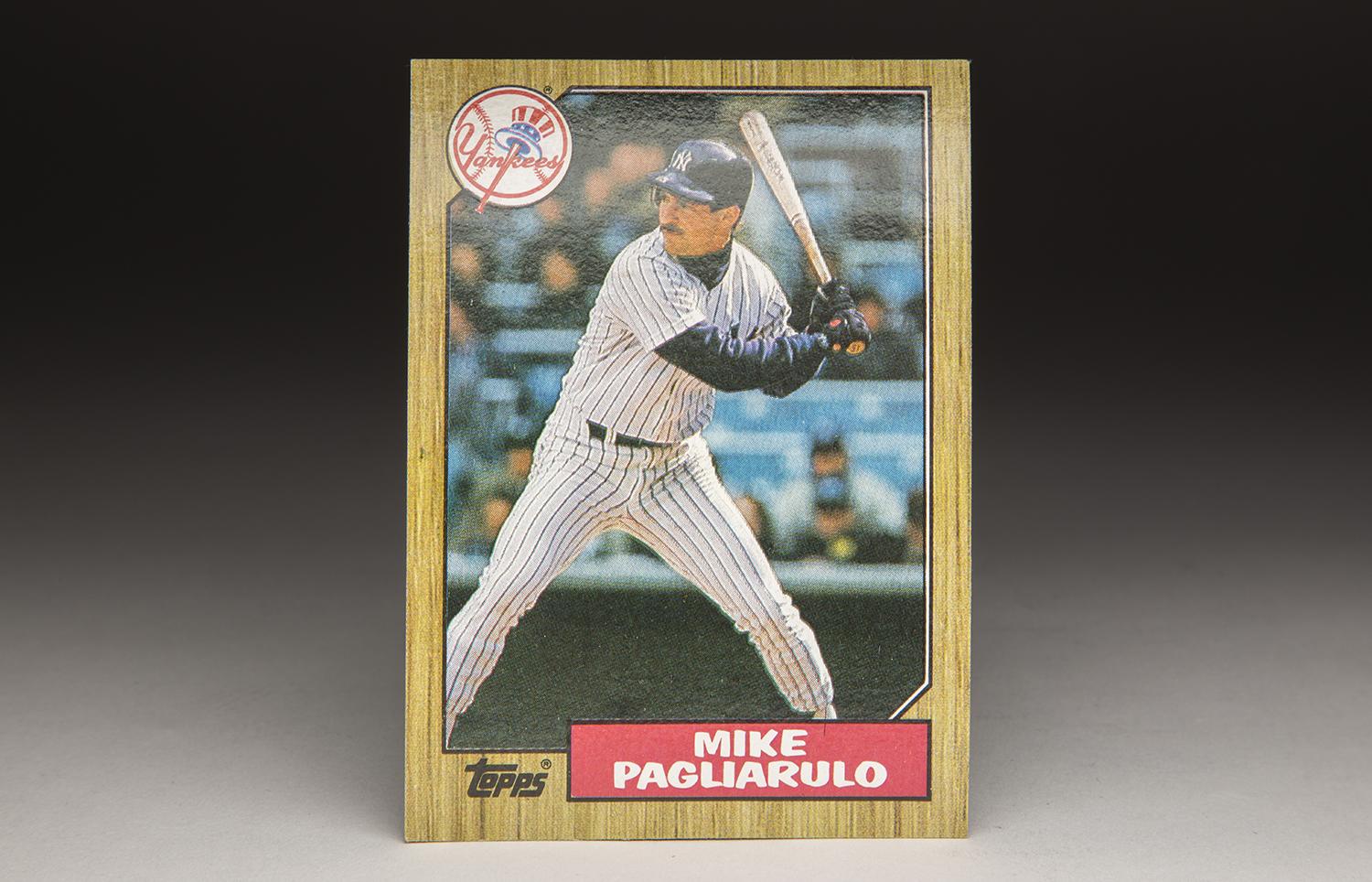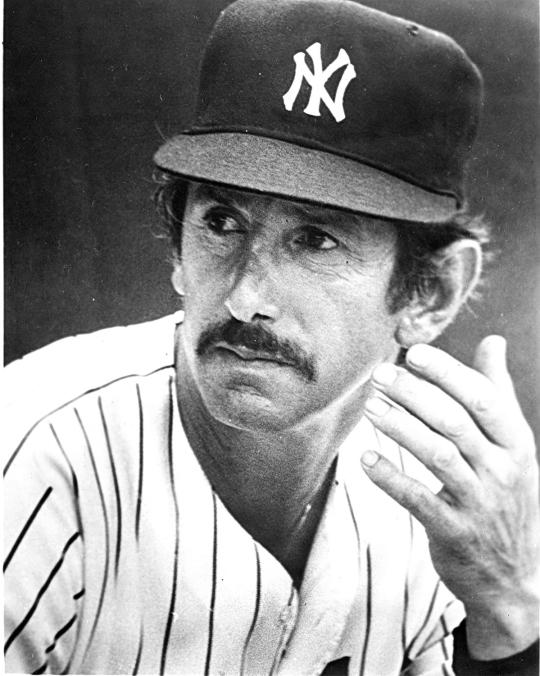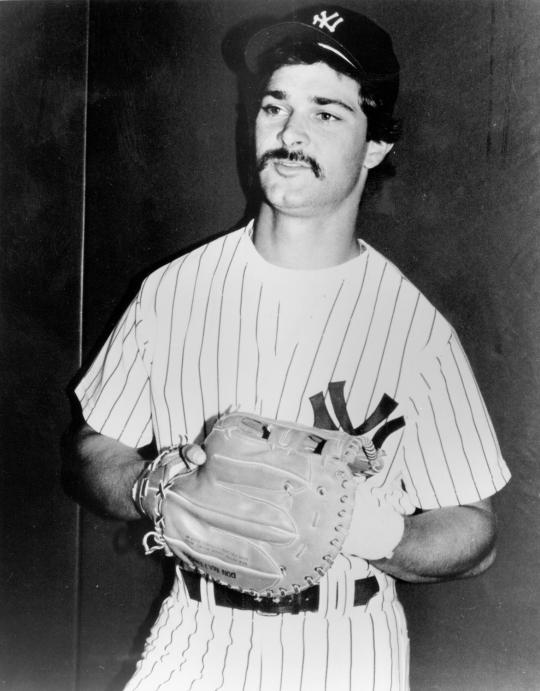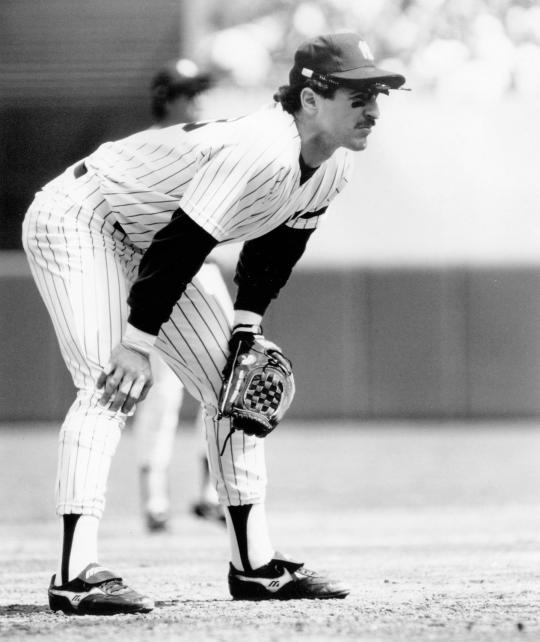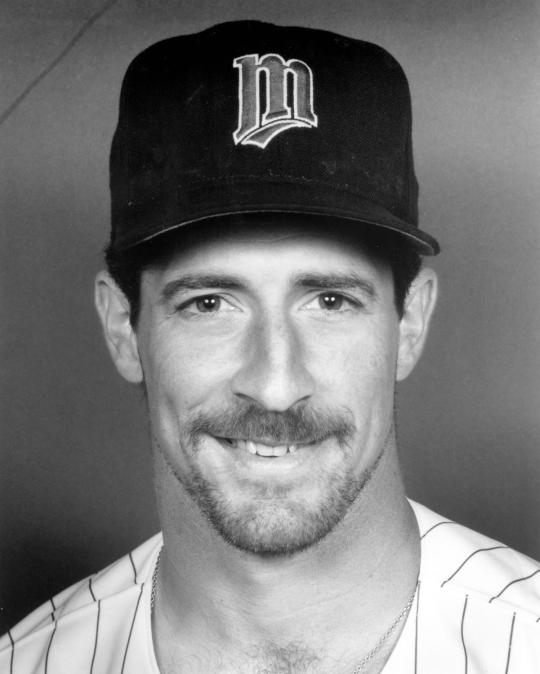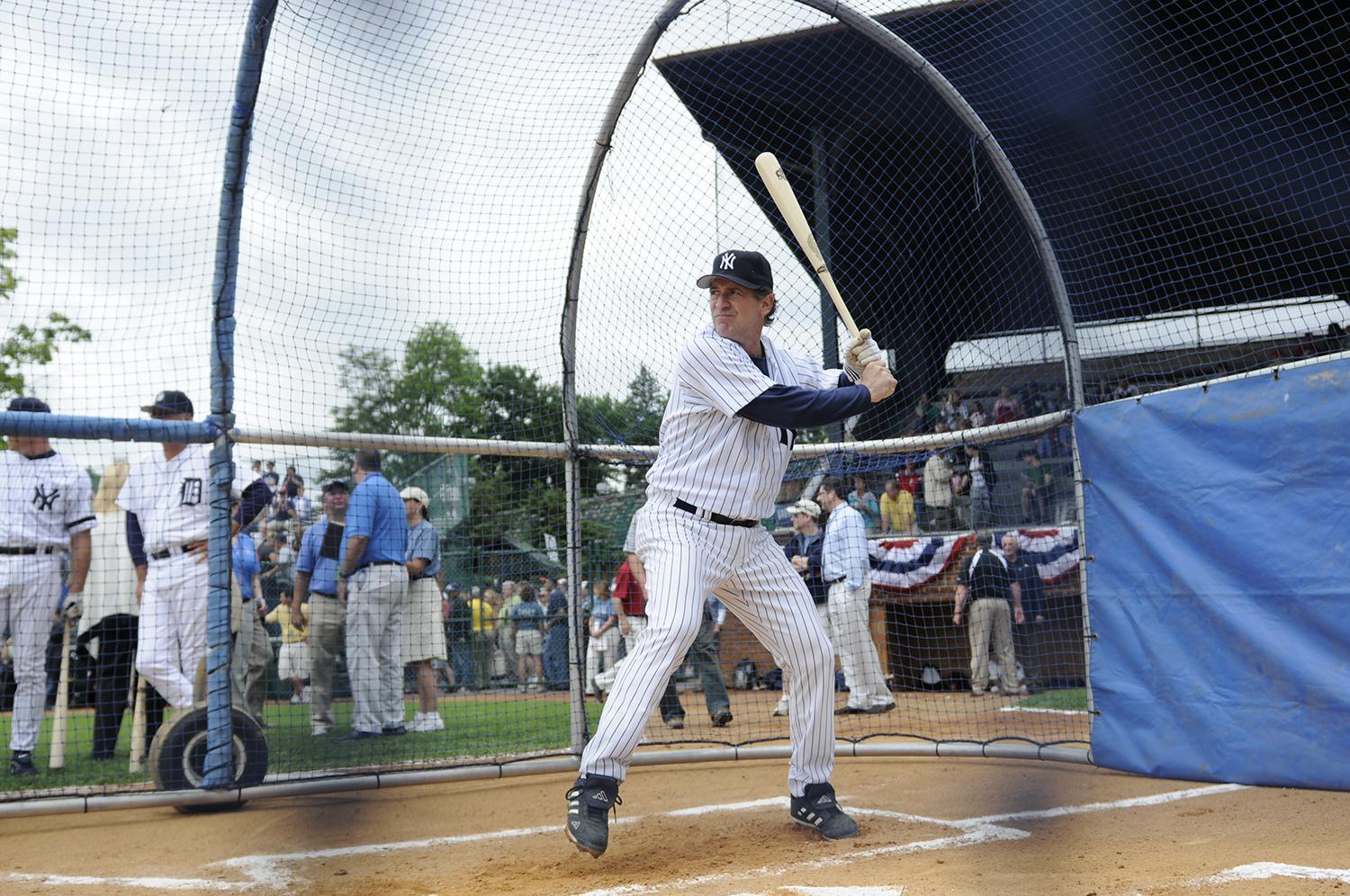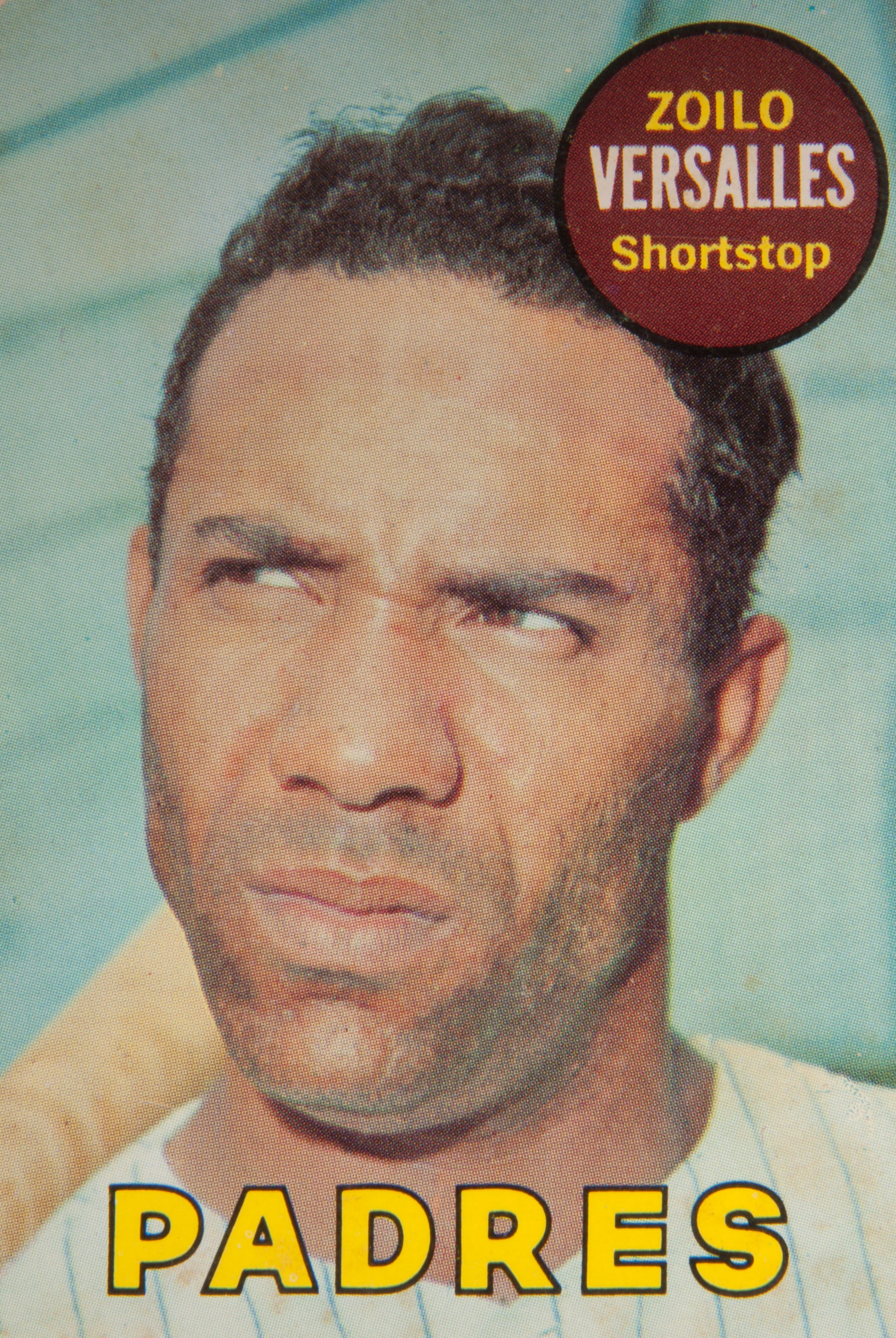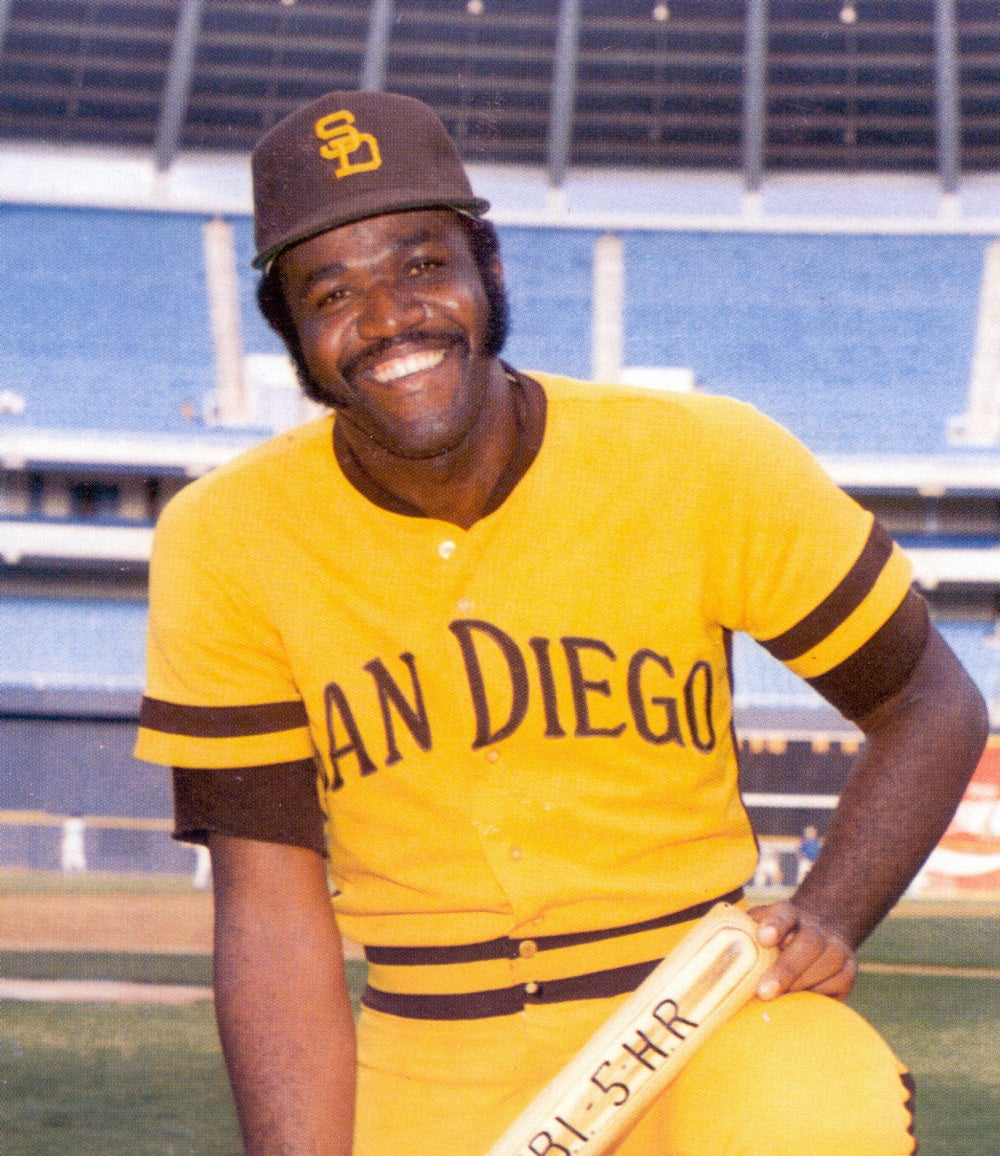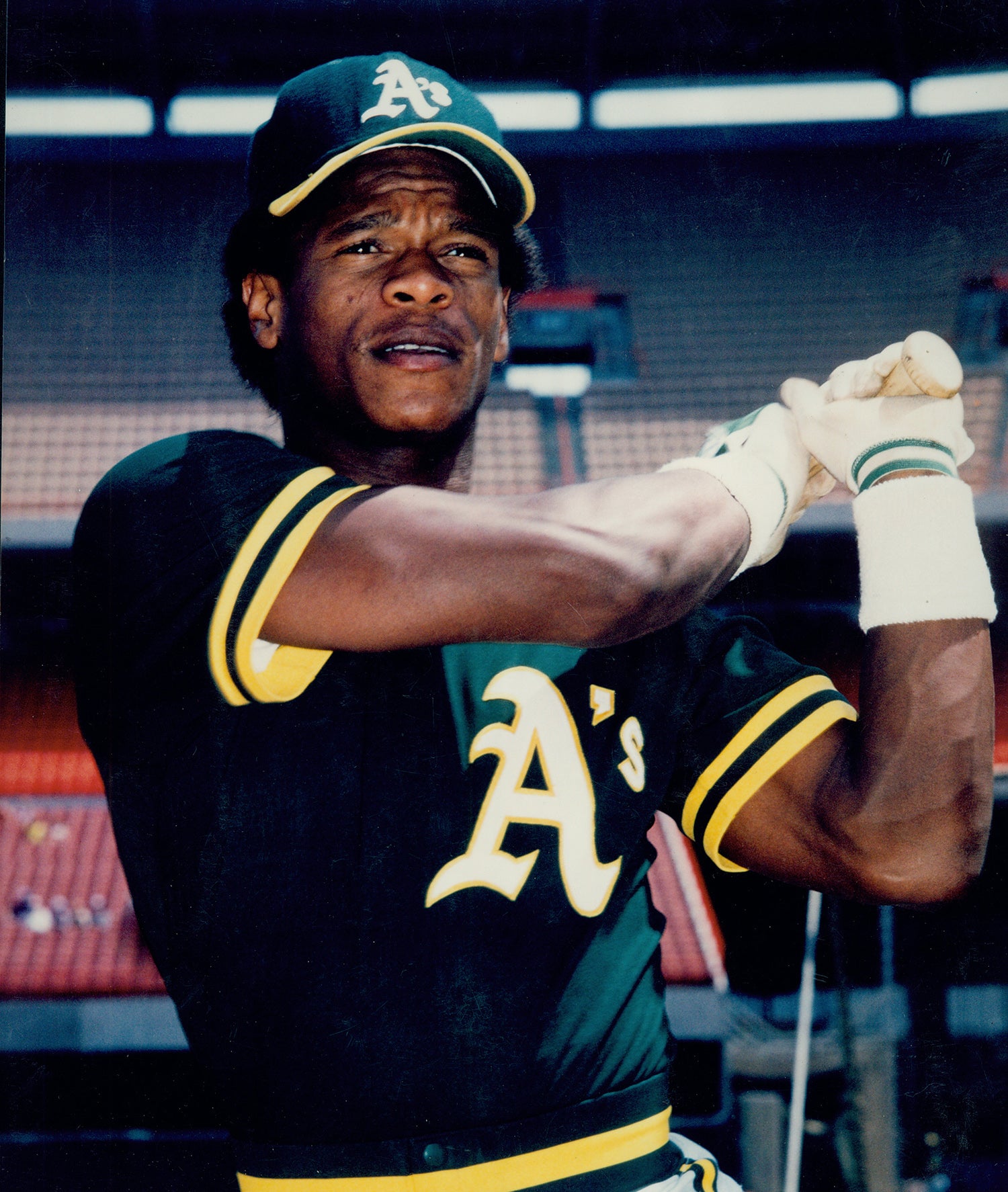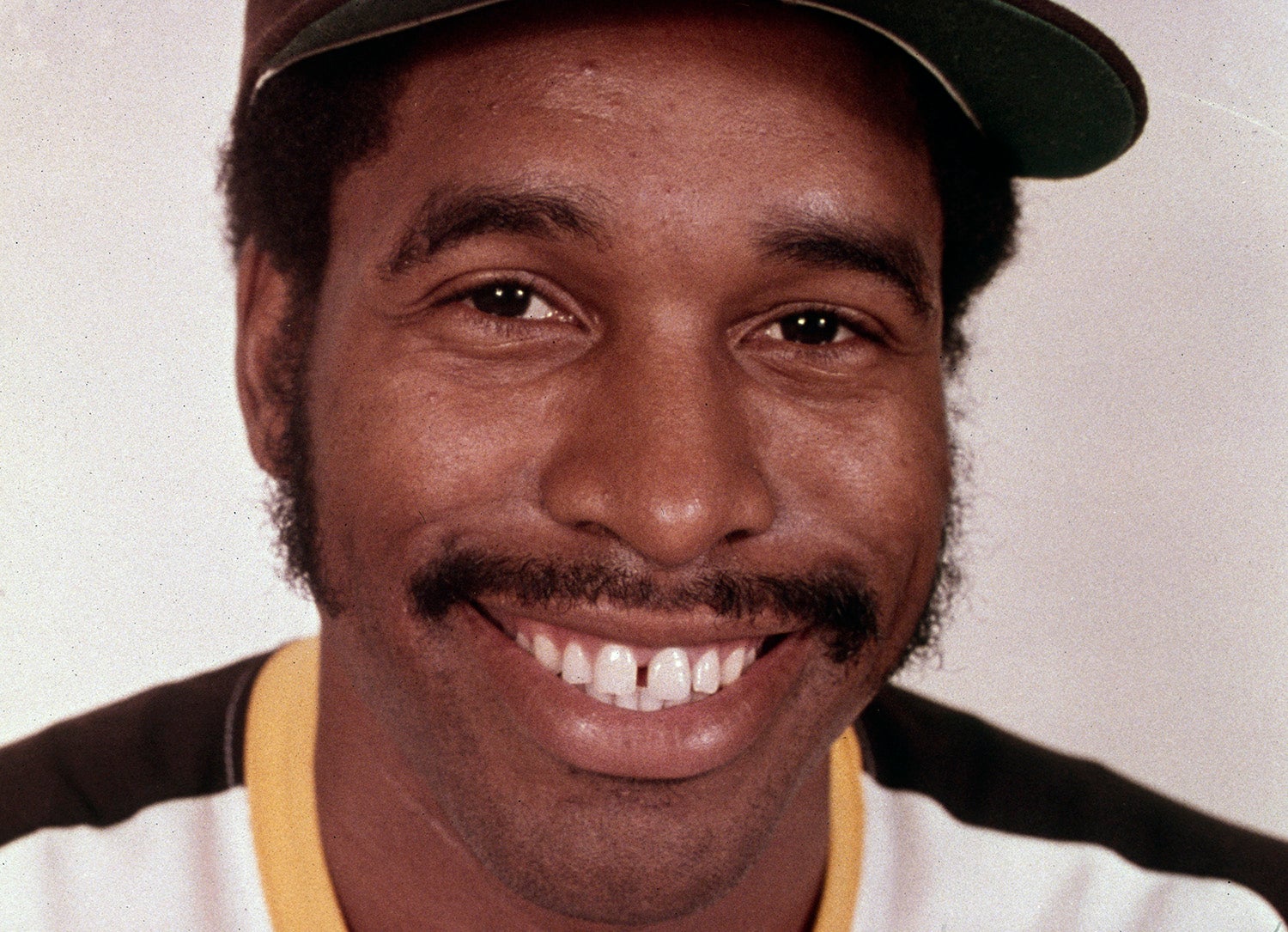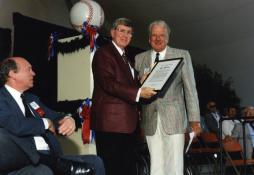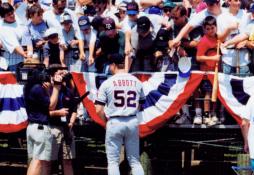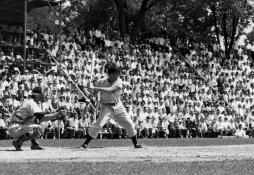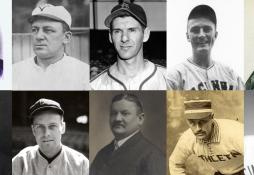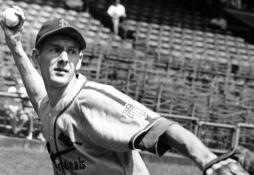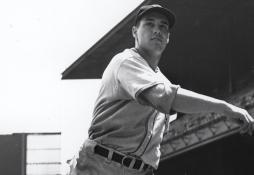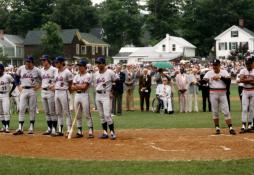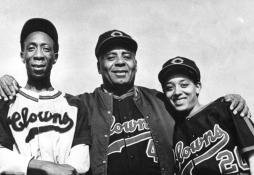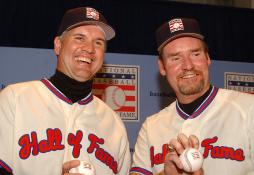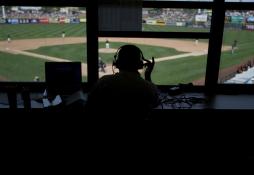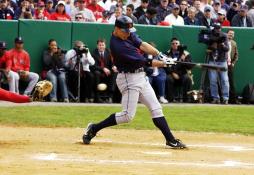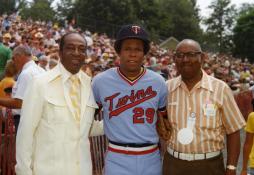- Home
- Our Stories
- #CardCorner: 1987 Topps Mike Pagliarulo
#CardCorner: 1987 Topps Mike Pagliarulo
Hall of Fame staffers are also baseball fans and love to share their stories. Here is a fan's perspective from Cooperstown.
1987 was an important year for me. That was the year that I graduated from Hamilton College and took my first fulltime job, working as a sports talk show host for WIBX Radio in Utica, N.Y. As I look back, it was somewhat of a dreamlike spring and summer, as I realized that I was actually being paid money to talk about sports, especially baseball.
In the Utica area, the New York Yankees reigned as kings. Many of our listeners followed the team with a passion. That allowed me to talk about the Yankees, my favorite team, as much as I wanted. Who could ask for more?
In 1987, the Yankees featured a “who’s who” of superstars, including players like Rickey Henderson, Don Mattingly and Dave Winfield. They also had solid veterans like Gary Ward, Claudell Washington and Ron Kittle. Quickly now, who led the 1987 Yankees in home runs? One might be tempted to say Mattingly, who finished seventh in the American League MVP voting that year? No, that’s the wrong answer. Was it Winfield, who had as much pure power as any Yankee player of that era? No, that’s not the right answer, either. How about fellow Hall of Famer Henderson? That’s incorrect, as well. So perhaps Jack Clark? Nope, that’s the wrong year; Clark would not join the Yankees until 1988.
The correct answer to the trivia question is Mike Pagliarulo, who is seen here on his 1987 Topps card. In this clear, well-framed photograph, the Topps cameraman has captured the mustachioed Pagliarulo standing in the batter’s box, eyeing the pitch as it nears the plate. Showing off Pags in the middle of an at-bat, it’s a placement that is somewhat ironic; it was Pagliarulo’s hitting that scouts had always questioned as he made his way through the Yankee farm system in the early 1980s.
The Pagliarulo is one of my favorite cards from the 1987 set, in which Topps resurrected the wooden borders that the company had first introduced 25 years earlier, with its famed 1962 set. To begin with, I like the use of the wood borders, a nice change-of-pace after so many years of white borders. More to the point, it’s a clear action shot of Pagliarulo, as seen in the familiar environment of Yankee Stadium. Additionally, Pagliarulo just happened to be my favorite Yankee player during the 1980s. His work ethic, his toughness and his tendency to overachieve all made him the kind of ballplayer who becomes easy to root for, a kind of everyman who stands as evidence that even pedestrian talents can make it in the major leagues.
Hall of Fame Membership
There is no simpler, and more essential, way to demonstrate your support than to sign on as a Museum Member.
This is the same player who was no better than the fifth best position player on the 1987 Yankees, behind Mattingly, Winfield, Henderson and the underrated Willie Randolph. The 27-year-old Pagliarulo belted 32 home runs that season, as he did his best impression of Graig Nettles during the Yankees’ failed run at the American League East title. The Yankees won a respectable total of 89 games that season, but in a stacked division it garnered them no higher than fourth place.
Pagliarulo also slugged a career-high (.479) and drove in 87 runs, another career best. He would never come close to matching those figures again, but in a way, that didn’t matter. Here was a guy who wasn’t supposed to have a major league career to begin with. Dubbed a non-prospect by many scouts, Pagliarulo was not expected to make a major league roster, much less remain in the big leagues for any length of time.
Fortunately for Pagliarulo, the Yankees traded Nettles to the San Diego Padres in the spring of 1984, opening up third base for veterans Toby Harrah and Roy Smalley. As it turned out, Harrah was already past his prime, while Smalley struggled in making the switch from shortstop to third base. With no one else ready to handle the position, the Yankees turned to Pagliarulo only by default in 1984 and ’85.
At one point, Pagliarulo wasn’t regarded as much of a prospect. The native of Medford, Mass., had been rejected by his favorite team, the Boston Red Sox, who refused to draft him in 1981, leaving the Yankees to take him in the sixth round. Yes, he had some power from the left side, but that, along with his ability to field at third base, were his only positive attributes. Scouts claimed that he would never hit consistently enough to keep himself in the lineup. He also struck out too much and couldn’t run. At the time the Yankees called him up The Bronx, he was hitting only .212 for Triple-A Columbus.
Pagliarulo appeared to be a placeholder – someone who would fill a spot until a better prospect came along. That prediction appeared mostly accurate when Pags made a lackluster debut in the middle of the 1984 season, batting only .239 with seven home runs in over 200 at-bats.
Pagliarulo’s career could have fallen off completely in 1985, resulting in a return to Triple-A ball, but instead he went to work. Adopting a philosophy that he seemed to borrow from the relentless Mattingly, Pagliarulo put in long hours in the batting cage with hitting coach Lou Piniella, shortening his swing and improving his ability to recognize pitches. “Mike has worked very hard, and I mean very, very hard,” Piniella told Yankee beat writer Moss Klein. “The big thing has been the time and effort he has devoted to improving. When he came up last year, his swing was basically wrong. Now he’s improved tremendously.” Emerging as the Yankees’ platoon third baseman with Dale Berra, Pagliarulo clubbed 19 home runs in 380 at-bats in 1985.
Unfortunately, the season became marred by an incident over which Pagliarulo had no control. During a late-season game against the Detroit Tigers, Yankees manager Billy Martin told Pags, at one time a switch-hitter, to go up to the plate batting right-handed against left-hander Mickey Mahler. Pagliarulo did as told – he was merely following orders – and promptly struck out.
Thankfully, Martin’s ill-fated experiment was short-lived, lasting just the one game. The following year, Martin decided to use Pagliarulo as an everyday player, against both right-handers and left-handers. Pagliarulo justified Martin’s trust, hitting 28 home runs and compiling a .464 slugging percentage. For those who had predicted that Pags would fare no better than Celerino Sanchez, or Rich McKinney, or Jerry Kenney, all predecessors at the Yankee hot corner during the 1970s, he had proved them wrong. With a left-handed swing that was tailor-made for Yankee Stadium, Pags had evolved into a poor man’s version of Nettles.
Pagliarulo also brought with him an old school touch. At a time when some players seemed to become soft because of free agency and rising salaries, Pagliarulo displayed an unusual kind of grit. For example, in a 1986 game, he was hit in the face with a pitch. Most players would have stayed out of the lineup for days. Yet, he missed only one game and promptly hit home runs over each of the next three games.
In addition to his inherent toughness, Pagliarulo could also be blunt in expressing his opinion. Never one to shy away from expressing his thoughts publicly, Pagliarulo noticed Jane Fonda at the ballpark one day and made some pointed remarks about the actress and her political views to the New York City newspapers. Pagliarulo’s penchant for outspoken commentary would continue later in his career. After a rapid decline to his game in 1988 and ’89, the Yankees traded Pags to the Padres, where he foolishly made critical remarks about Tony Gwynn and became an unpopular figure in San Diego because of it.
To make matters worse, Pagliarulo stopped hitting with power, which had always been the hallmark of his game in New York. Although Pags would never regain his power stroke, he did encounter a small career renaissance. When he became a free agent after his disastrous stint in San Diego, he approached the Yankees about a reunion, but Yankee VP George Bradley vetoed the idea, telling others that he would actually resign if the team signed Pags. Feeling insulted, Pagliarulo settled on a deal with Minnesota. He became the Twins’ platoon third baseman, performing capably as a subtle role player on a team that would win the American League pennant in 1991.
Pagliarulo enjoyed arguably the greatest fame of his career when he crushed a game-winning home run in Game 3 of the American League Championship Series. He followed that up by hitting another home run and slugging a torrid .545 in the World Series, as the Twins upended the Atlanta Braves in seven games. Pags’ performance became even more impressive in light of ongoing family struggles; both his father and grandfather battled cancer throughout the year.
After an injury-plagued 1992 season, Pags started 1993 with the Twins and played well, only to be traded to the Baltimore Orioles in August. Pags hit .325 for the O’s in 33 games, but he decided to leave via free agency at season’s end and sign a more lucrative deal to play in Japan. After spending 1994 in the Far East, he returned to the big leagues for a forgettable fling with the 1995 Texas Rangers, and then retired. By then, he had put in over a decade of major league service, a pretty good run for a guy who supposedly couldn’t play.
As with many retired ballplayers, I didn’t hear anything about Pags for about a decade. His name didn’t resurface until 2006, when I heard him comment about former Japanese Leagues standout Daisuke Matsuzaka, who had just signed a massive new contract with the Boston Red Sox. I learned that Pagliarulo, along with former big league right-hander Willie Fraser, had started up a scouting company, which provided player evaluations through video footage.
In 2007, Pagliarulo took some heat for his opinions on talent evaluation and his criticism of Oakland A’s general manager Billy Beane and baseball writer Bill James, both proponents of Sabermetrics. Those comments made him something of a target from Sabermetricians, but Pagliarulo didn’t seem to care. As always, he stated what he believed, even if it put him in the crosshairs of criticism.
Two years later, Pagliarulo came to Cooperstown to play in the Hall of Fame Classic. Looking very much like he did in the 1980s, the seemingly ageless Pagliarulo impressed onlookers and media with his friendly demeanor and his willingness to talk baseball, both about his days with the Yankees and about the current state of the game.
In 2013, Pagliarulo returned to Organized Baseball when he was named the hitting coach of the minor league Indianapolis Indians. And now, he’s back in the major leagues, having been named the hitting coach of the Miami Marlins, where he has been reunited with Don Mattingly.
It’s funny how the guy who supposedly would never hit enough is now a hitting coach. Hard work and repetition helped Pagliarulo prove the scouts wrong back in the 1980s. I’m convinced that Pags will bring that same work ethic, along with the hitting knowledge he picked up along the way from people like Mattingly and Piniella, to his new job in Miami.
Knowing his track record of overachieving, I wouldn’t bet against him.
Bruce Markusen is the manager of digital and outreach learning at the National Baseball Hall of Fame

